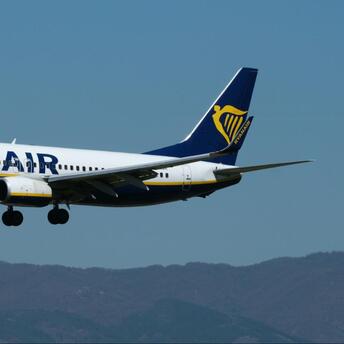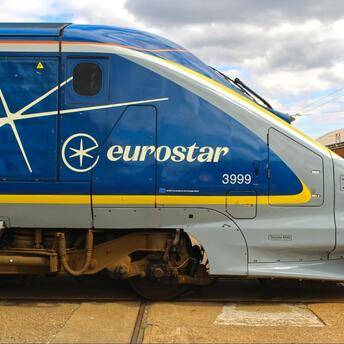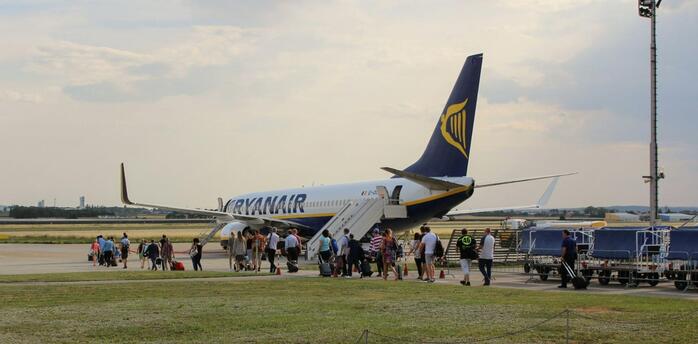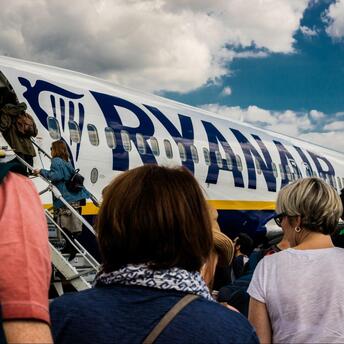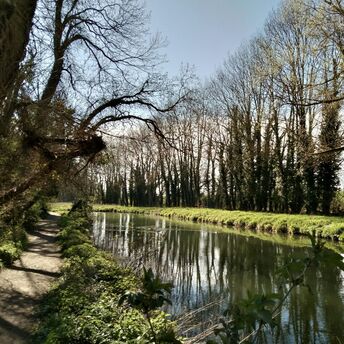Eurostar: How the Rail Link Between London and Paris Changed Travel and Overcame Challenges

Eurostar is a high-speed rail service that connects London with Paris through the Channel Tunnel. For those who travel between the UK and France, it has become an indispensable way to move across borders. Over its 30+ years of service, the train has made it simpler for passengers to reach their destination quickly and comfortably, bridging two major capitals.
Difficulties That Nearly Halted Eurostar's Progress
Initially, Eurostar thrived, but in recent years, the service encountered significant obstacles. First, Brexit reintroduced customs checks, which slowed down boarding procedures and raised security costs. Then came the COVID-19 pandemic, which led to an 80% reduction in passenger traffic. At one stage, Eurostar trains were almost empty, pushing the company close to insolvency.
Thankfully, the company’s shareholders provided additional financial support, which enabled Eurostar to endure these challenging times. The company underwent a major restructuring process, reduced expenses, and even had to close some regional stops.
New Routes and Ambitions
To bolster its market position, Eurostar merged with another major European rail operator, Thalys. This partnership expanded Eurostar’s reach to include not just London and Paris, but also other prominent European destinations like Amsterdam and Brussels. With a new control center established in Brussels, Eurostar is now equipped to monitor schedules more effectively and reduce delays.
Today, Eurostar remains a popular choice for travelers aiming to reach the heart of Paris from London or to explore additional European cities without the inconvenience of flying. However, it’s worth noting that Eurostar tickets can sometimes be pricier than airfare, particularly during high-demand periods. Still, the train provides a more relaxed experience, helping passengers avoid lengthy security checks and crowded lines typical of airports.






